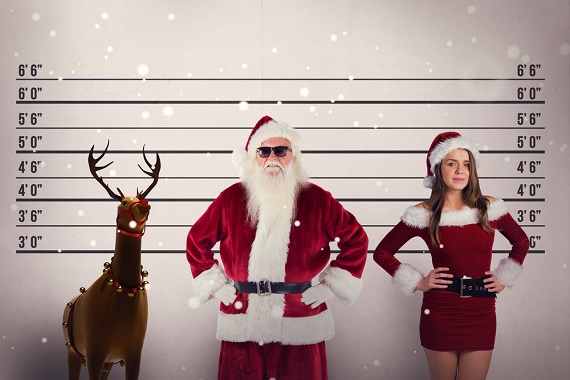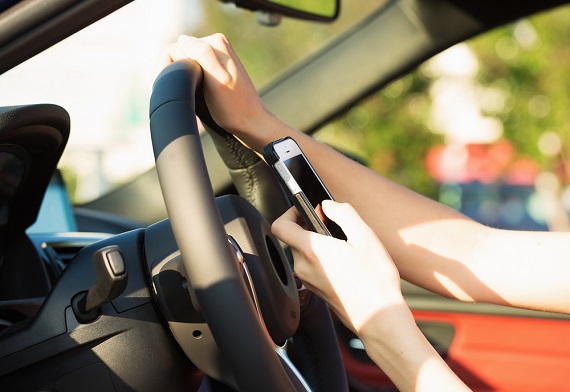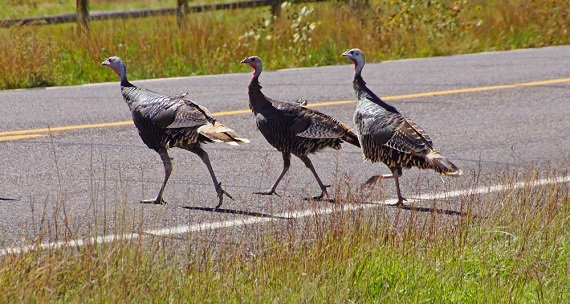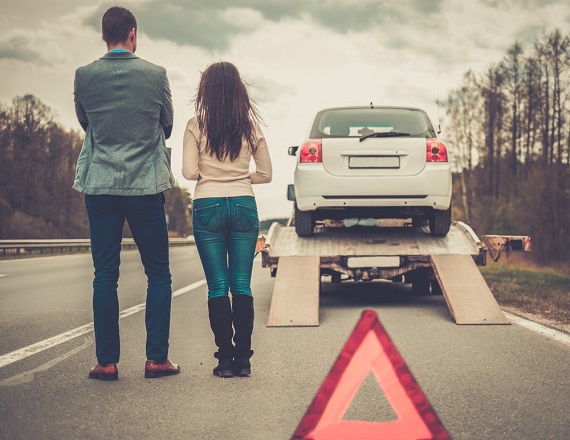If it’s December, it’s prime holiday fraud season!
Because it’s the busiest season of the year, scammers work double time to try to maximize their take. And as many times as we’ve issued warnings, thieves are very creative about thinking up sneaky new ways to separate you from your money. The Better Business Bureau is on the case. Here are some of the top scams they see around the holidays.
Delivery scams and package thefts this holiday season – While just plain old theft of shipped packages from your doorstep or workplace is common, there are a few other things to watch out for. BBB says that phishing emails pose as official notices from delivery companies. These either contain a “tracking link” or a message that the shipper is having difficulty delivering a package to you with a number to call. Or they affix fake “missed delivery” tags on your door, asking you to call a phone number to reschedule your delivery – all are just ruses to get your personal information.
Social media ad scams – Last year, the BBB found that online purchase scams were the most common cons reported to Scam Tracker and the category with the most victims, many involving Facebook and Instagram ads. Watch out for products claiming to support charity, free trial offers, counterfeit merchandise and apps of unknown origin. Social media is also a hub for illegal gift exchange pyramid schemes. BBB says these pop up every year with new twists. When an offer seems too good to be true, it almost always is.
Is that Santa App safe? Better check it twice. BBB says that the Apple and Google app stores list tons of holiday-themed apps: children can video chat live with Santa himself, light the menorah, watch Santa feed live reindeer, track his sleigh on Christmas Eve, relay electronic Christmas wish-lists, or play Hanukkah games like dreidel. But many of these are invasive and may violate children’s privacy laws in the information they collect. For more, see our post on protecting your kids from ID theft.
Don’t get scammed out of a gift card this season – the BBB says “Before grabbing a gift card for a favorite store or restaurant, know that thieves are just as eager to use these gift cards before they’re presented to the intended recipient. Also, some retailers have terms and conditions as to how the gift card can be redeemed.” See our post about new consumer protections for prepaid debit cards.
Tips for avoiding job scams this holiday season – Many of us are looking for extra money over the holidays and a part-time seasonal job is a common way to earn that cash. But it’s also a time when scammers exploit that desire. BBB reminds you that legit employers will never ask for payment upfront for a job. They say to be wary of big money for small jobs and job offers that don’t require an interview.
8 Tips for dealing with holiday pop-up shops – BBB receives hundreds of complaints a year about temporary retail locations, reporting everything from poor quality merchandise to difficulty obtaining refunds after temporary stores have closed their doors. Pop-up shops can be fun but follow BBB’s tips in mind if you choose to buy from one of them.
See more holiday safety tips from the BBB and use their Scam Tracker to identify common scams near you.
Here are prior posts about more common holiday fraud schemes:
- Don’t fall for any fake Santas: the 12 scams of Christmas
- Don’t let email scams hijack your holiday!
- Holiday shopping Dos and Don’ts
- Focus on Phishing: Take these quizzes to see if you are smarter than the criminals
Reprinted from Renaissance Alliance – no usage without permission.















